17 Incredible Facts About Witches That Are 100 Percent True

Witches are some of the most fascinating creatures in all of history. Not only do they abound in fictional tales, but they also exist in real life—and have for centuries. But if you thought you knew everything there was to know about witches from movies like Harry Potter and Hocus Pocus, think again. From the disturbing origins of their pointy hats to the country that has Easter witches, these are most mesmerizing facts about witches that will leave you spellbound.
1
A witch goddess inspired the first ballet.

The Greek mythological witch goddess Circe inspired what is considered the first ballet, the Ballet Comique de la Reine, which may have been written for a real-life witch. According to The Weiser Field Guide to Witches, “Circe, the beautiful, dangerous, magical femme fatale, has been a crowd-pleaser and the inspiration for much popular entertainment. She was the subject of the very first ballet, staged in 1581 in Paris, possibly as a tribute to French Queen Catherine de Medici, long-rumored sorceress.”
2
Witches’ pointy hats are rooted in anti-Semitism.

Early accounts of witches showed them bare-headed with their hair swirling in fire and smoke, according to reporting by Slate. It wasn’t until the 1710s that children’s books in England began featuring witches in pointy hats.
The illustrations might’ve been based on hats worn by other marginalized groups. In 1215, the Fourth Council of the Lateran, a council convened by Pope Innocent III in Rome, required Jewish people to identify themselves by wearing a cone-shaped “Judenhat.” According to Slate, by 1431, “Hungarian legal codes required first-time sorcery offenders to walk among their peers in ‘peaked Jews’ caps.'”
3
And their broomsticks are symbols of “femininity and domesticity gone wild.”
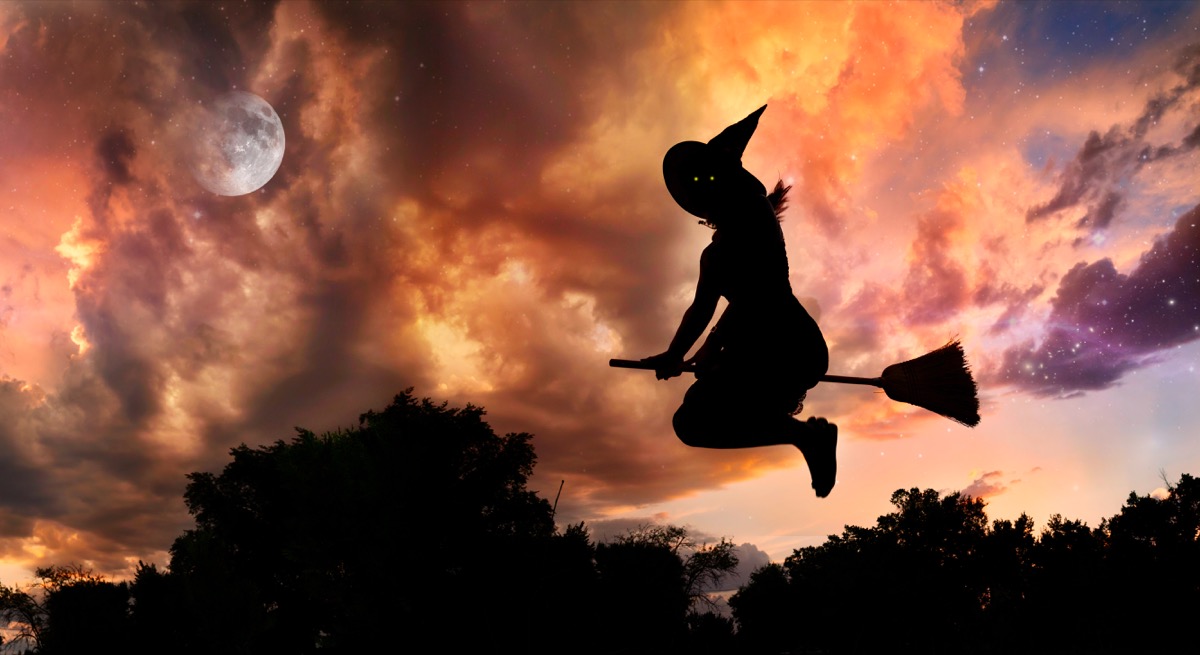
While the exact origin of the witches-ride-broomstricks trope can’t quite be pinned down, historians have identified the first known image of a woman on a broomstick. In an illustration that was drawn in the margins of the 1451 edition of French poet Martin Le Franc’s Le Champion des Dames (The Defender of Ladies), two women are pictured—one riding a stick and the other riding a broom.
Dylan Thuras at Atlas Obscura explains that the “broom was a symbol of female domesticity, yet the broom was also phallic, so riding on one was a symbol of female sexuality, thus femininity and domesticity gone wild.”
4
One of the earliest records of a witch is in the Bible.
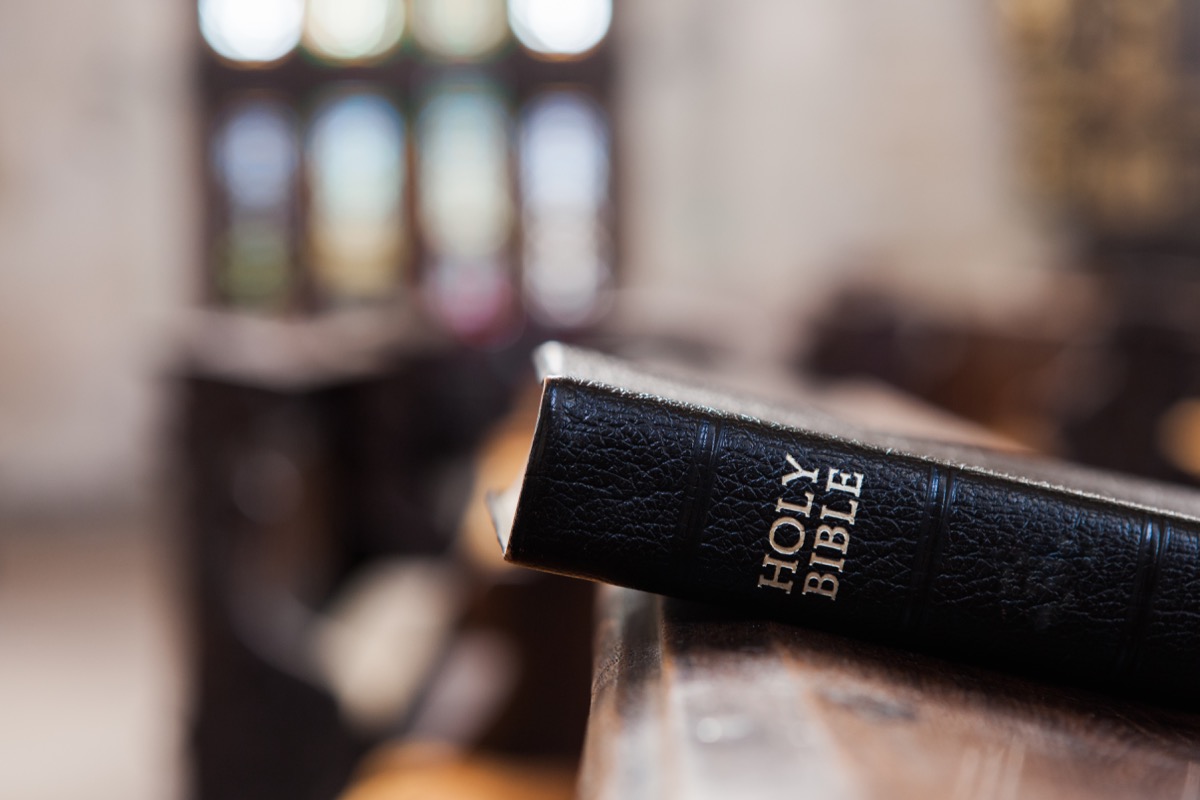
You might not associate witches with the Bible, but the book of 1 Samuel contains what is believed to be one of the earliest records of a witch. The entry was likely written between 931 B.C. and 721 B.C. According to the History Channel, it “tells the story of when King Saul sought the Witch of Endor to summon the dead prophet Samuel’s spirit to help him defeat the Philistine army. The witch roused Samuel, who then prophesied the death of Saul and his sons. The next day, according to the Bible, Saul’s sons died in battle, and Saul committed suicide.”
5
Sweden has Easter witches.

In the United States, witches are associated with Halloween. But in Sweden, there are Easter witches. According to Time, “Little girls dress up in rags and old clothes, too-big skirts and shawls and go door to door with a copper kettle looking for treats. The tradition is said to come from the old belief that witches would fly to a German mountain … before Easter to cavort with Satan. On their way back, Swedes would light fires to scare them away, a practice honored today by the bonfires and fireworks across the land.”
6
There’s a world record for the largest gathering of people dressed as witches.
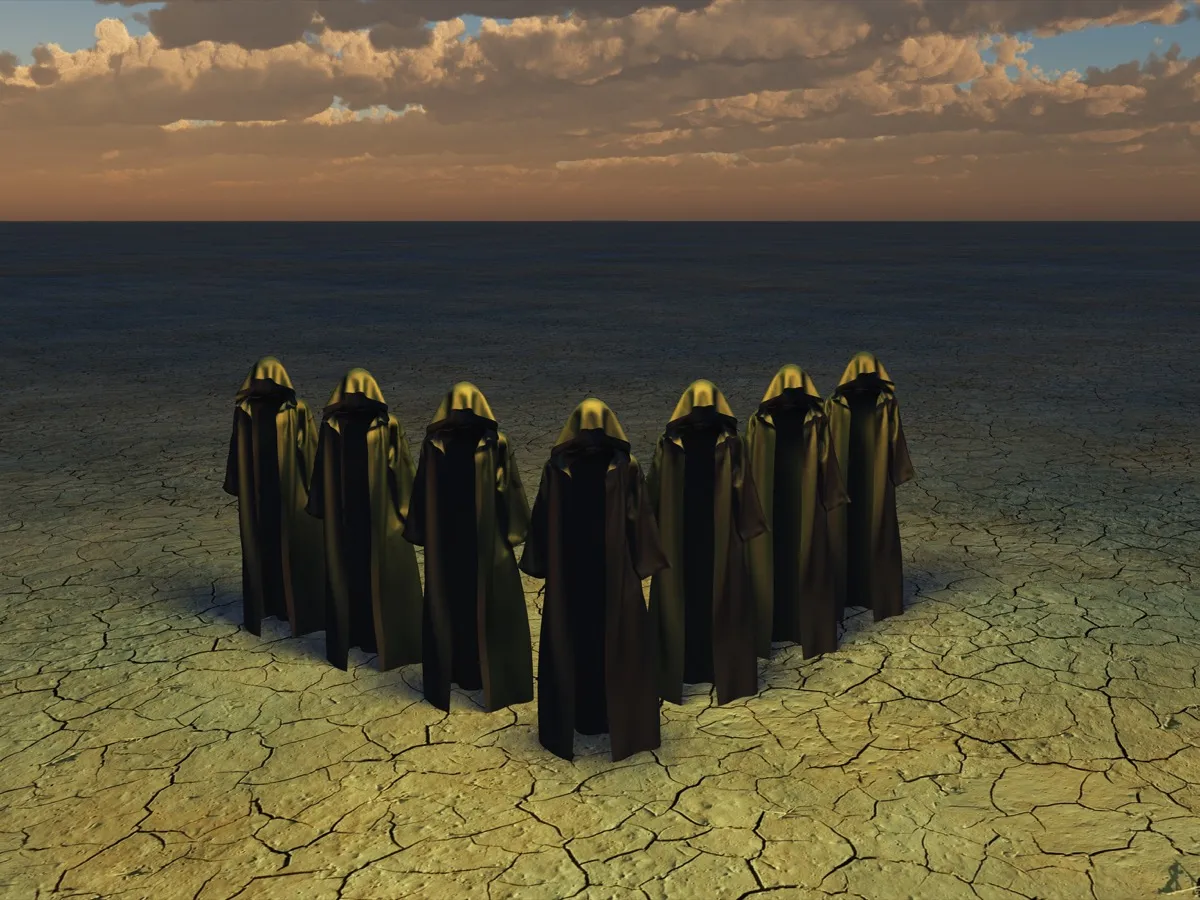
Dressing as a witch is one of the most popular costumes every Halloween. And if you wanted to earn the Guinness World Record for the “largest gathering of people dressed as witches at one time,” then you’d need around 2,000 people. The current record was set on November 16, 2013, in Sort, Lleida, Spain, and included 1,607 costumed participants.
7
There is a nearly 600-year-old legal book on witchcraft.

Witchcraft had become such a serious concern in the 15th century that in 1484, Pope Innocent VIII issued a papal bull calling for the destruction of the spread of witchcraft in Germany. Following his bull, in 1486, two Dominican priests, Johann Sprenger and Heinrich Kraemer, wrote The Malleus Maleficarum, which included detailed accounts on how to spot, investigate, and punish witches. It was accepted both by Roman Catholics and Protestants alike.
8
Puritan Christians believed that witches could turn into black cats.
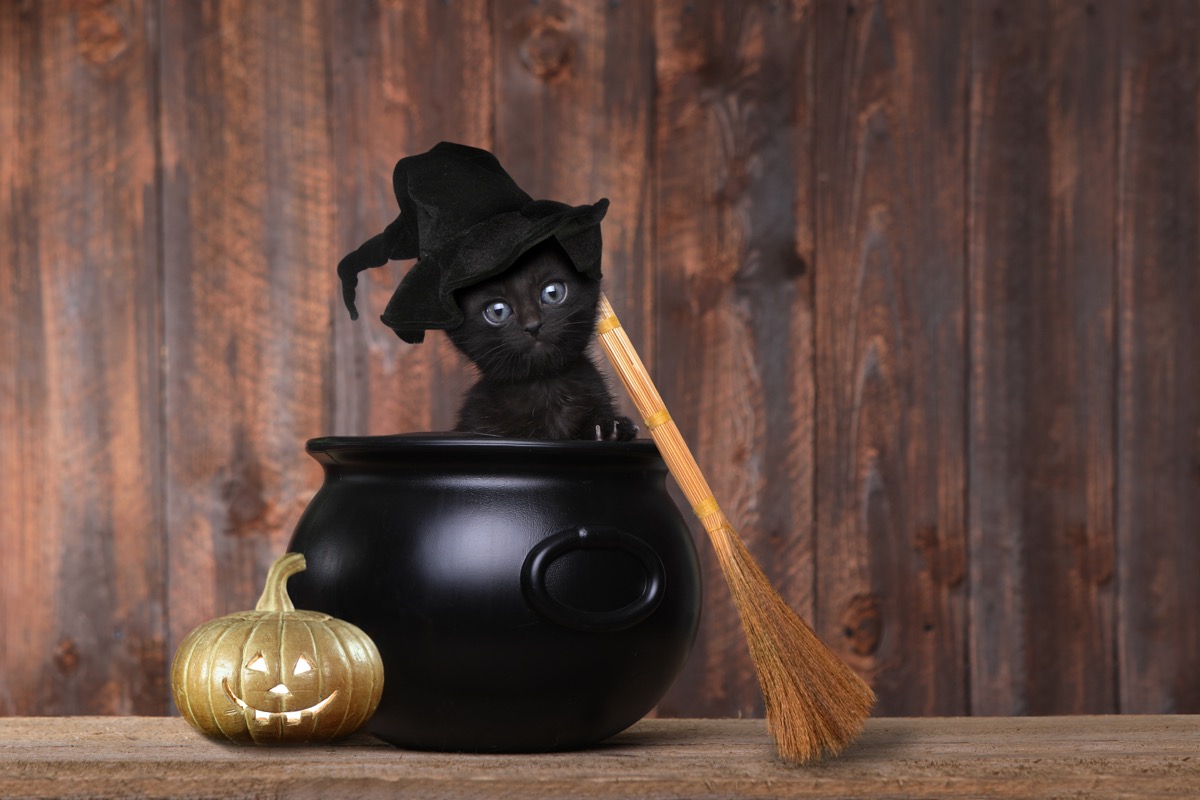
Along with magic and broomsticks, black cats are one of the most common things associated with witches. And it turns out, this association comes from a 15th-century Puritan Christian belief that witches could turn into black cats at a moment’s notice to avoid death.
According to SFGate, “While being sentenced to death, a German witch is said to have cackled at the judge, spat threats at the priest, and cursed her executioner. As the story goes, she was dragged from the court and tied to a stake for burning. As the flames rose around her there was a flash of light and a black cat leaped from the flames and ran through the astonished crowd.”
9
Up to 80,000 suspected witches were put to death in Europe.
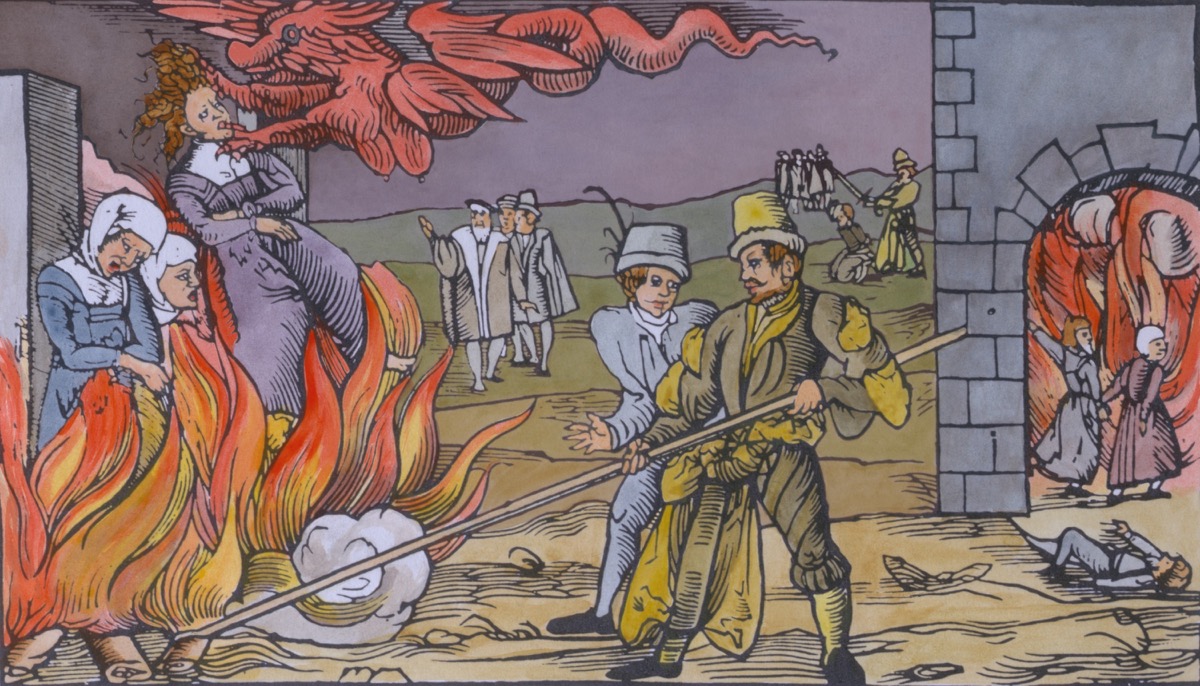
Witch-related hysteria broke out in Europe between the years 1500 and 1660, and an unimaginable number of innocent people were put to death. An estimated 80,000 suspected witches died during those years, either while being tested and tried or punished and executed. Germany executed the most witches, while Ireland executed the least.
10
The last time someone was convicted of witchcraft was in 1944.
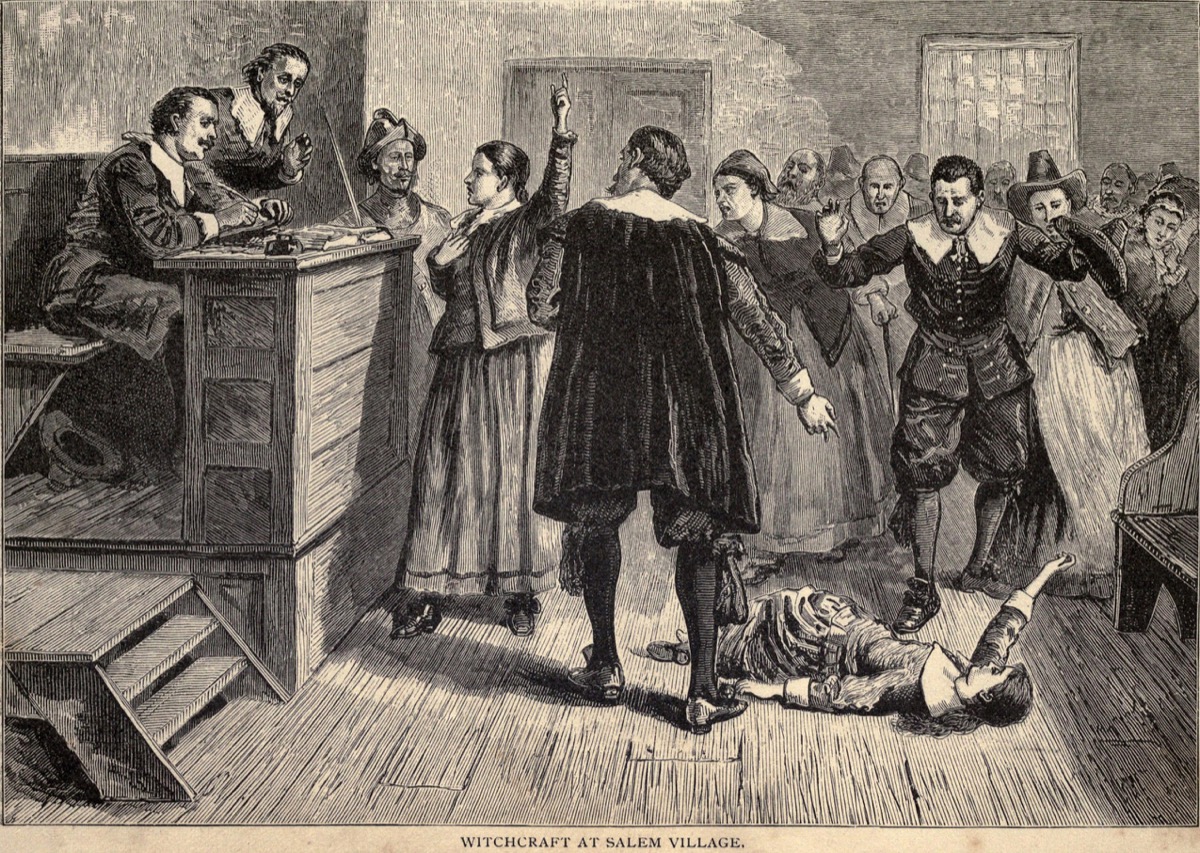
The last time someone was convicted of witchcraft was just 75 years ago. Jane Rebecca Yorke was a medium in East London who came on the London police’s radar because of her claims that she could talk to people’s relatives who died in the war. She was tried for taking advantage of people’s wartime grief and was convicted under the Witchcraft Act, a law passed in 1735. However, rather than being burnt at the stake, she was fined £5.
11
There are plenty of witches practicing in the U.S. today.

Witches have not only been around for thousands of years, but they’re also still going strong today. According to an analysis of several studies by Newsweek, there were approximately 1.5 million practicing witches across the U.S. in 2018, which means they slightly outnumbered the 1.4 million mainline members of the Presbyterian church. Not to mention, the number of witches is on the rise; in 1990, there were just 8,000 practicing witches.
“Wicca has effectively repackaged witchcraft for millennial consumption,” author Julie Roys told The Christian Post in 2018. “No longer is witchcraft and paganism satanic and demonic, it’s a ‘pre-Christian tradition’ that promotes ‘free thought’ and ‘understanding of earth and nature.”
12
Modern witches celebrate eight holidays per year.
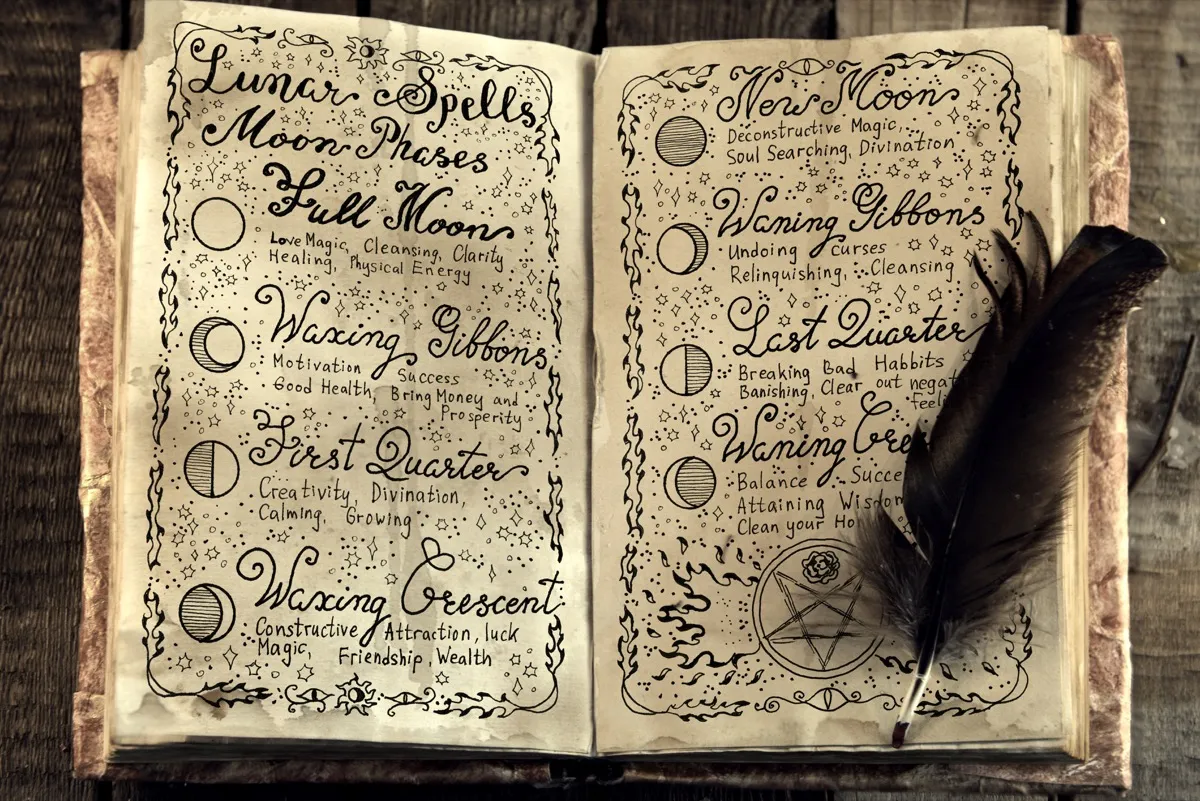
Like most other forms of spiritually, modern witches who follow the Wiccan tradition celebrate annual holidays. Represented overall by the Wheel of the Year, the individual festivals are designed to celebrate the Earth’s journey around the sun.
They include Yule (which takes place on the winter solstice), Imbolc (the preparation for spring, which takes place on February 1 or 2), Ostara (which celebrates the end of winter), Beltane (which takes place on May 1), Litha (which celebrates the summer solstice), Lammas or Lughnasadh (which celebrates a hope for a bountiful harvest), Mabon (which celebrates a time of giving thanks), and Samhain (which takes place on October 31).
13
And Halloween is a witch’s New Year.
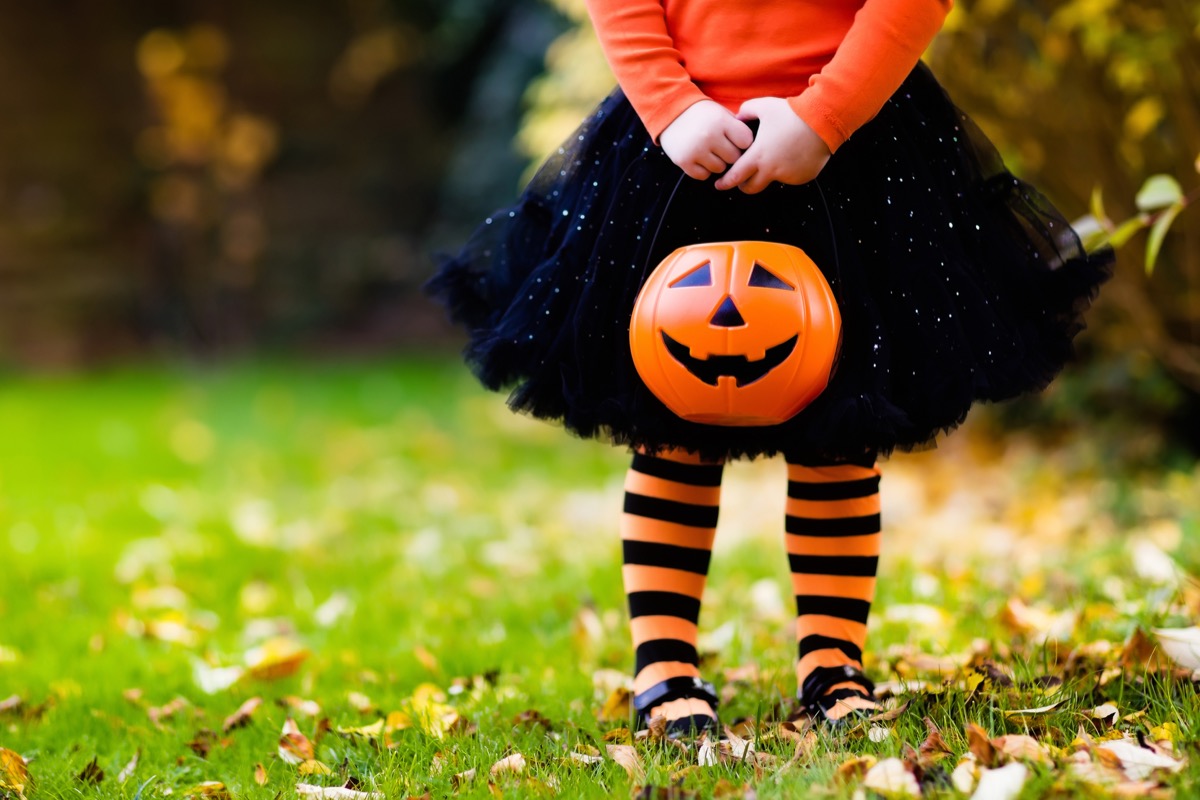
October 31 may be Halloween, but it’s also Samhain (pronounced sow-in), a Wiccan witch’s New Year and the most important holiday on their calendar. According to Wicca Living, “This [holiday] marks the end of the growing season and the beginning of winter, which must be prepared for now in earnest … The word ‘Samhain’ comes from the old Irish and is thought by many to translate as ‘summer’s end.'”
14
Wiccan witches don’t believe in the Devil.
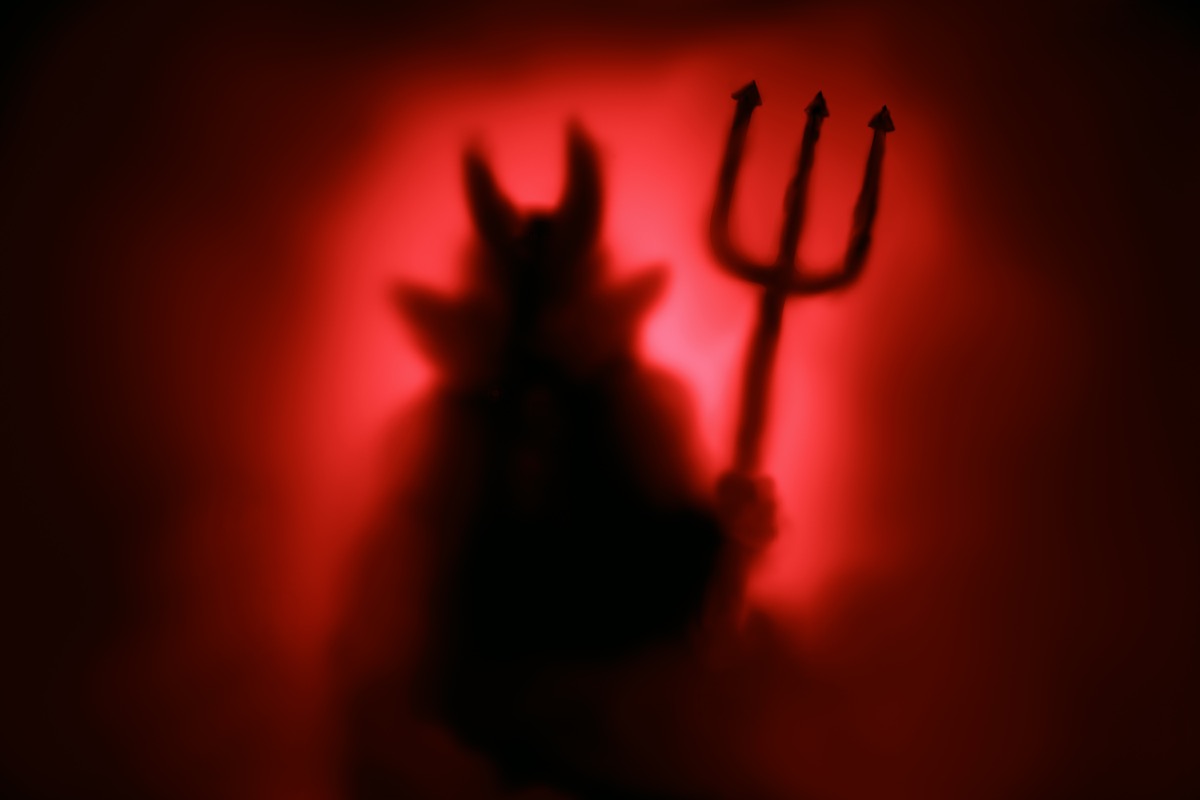
Witches may have gotten a reputation throughout history as Devil-worshippers, but Satan isn’t part of their belief system at all. According to the Tanenbaum Center for Interreligious Understanding, “Wiccans do not believe in Satan (contrary to the idea that Wiccans worship the Devil). Some believe in good and evil, while others prefer more fluid concepts like order and chaos.”
15
Some witches fly solo and others belong to covens.
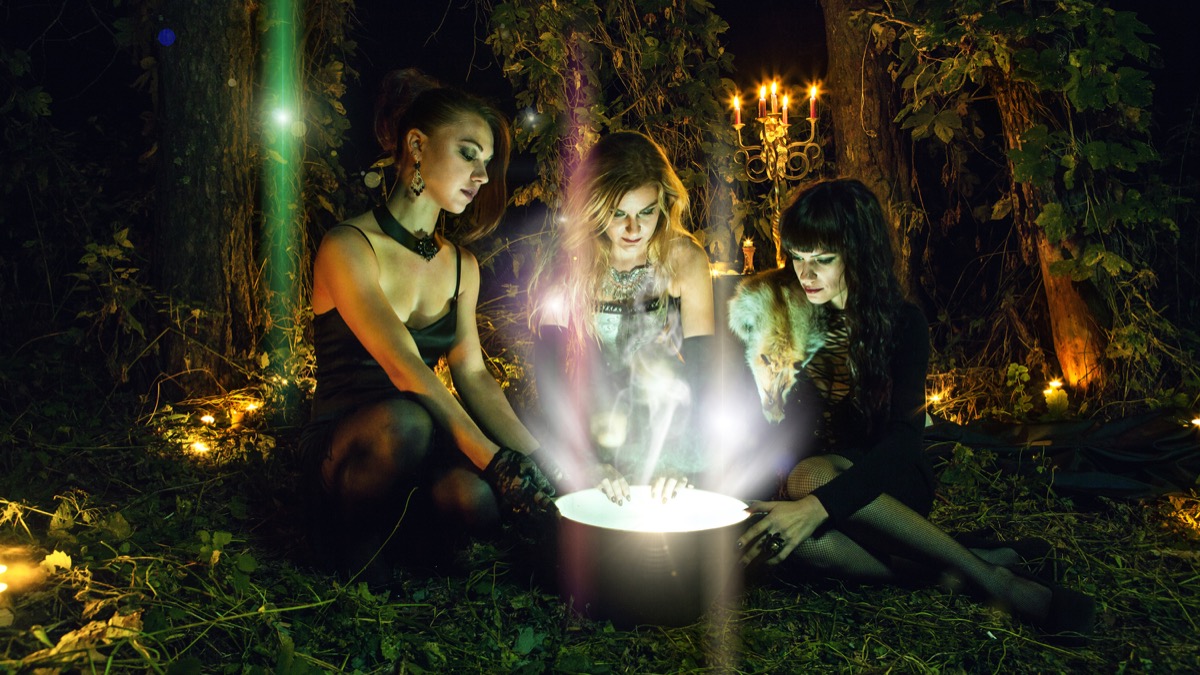
When modern witches gather together with a select group of other practitioners, they are called a coven. While some witches prefer to do things on their own—and are known as solitary witches—those who wish to practice in a group can seek out an appropriate coven to help nurture their needs.
16
A witch’s spellbook is called a Book of Shadows.
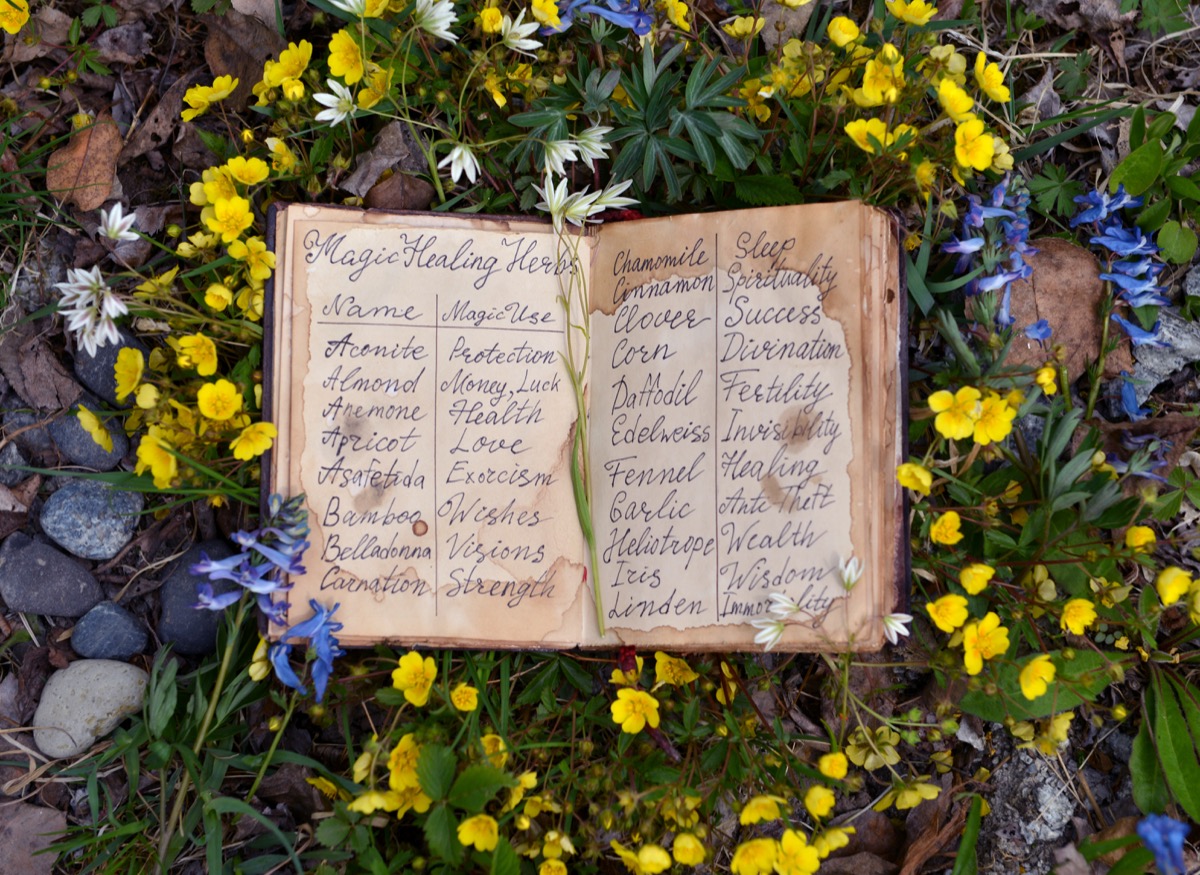
Many modern witches have a collection of rituals or recipes that they use in their ceremonies or festivals. When gathered together in one place, that collection is called a Book of Shadows. According to Wicca Living, “A Book of Shadows is somewhat like a journal, but with a decidedly spiritual and magical focus. It may include spells, names and dates of Sabbats and Esbats [Wicca holidays], incantations and other ritual language, lists of magical correspondences for colors, crystals, and herbs, and a host of other useful magical miscellany.”
17
The fastest marathoner dressed as a witch ran it in just under 3 and a half hours.

On April 23, 2017, Nicola Nuttall of the U.K. took on the London Marathon. It was her second time attempting the feat overall, as well as her second time doing so while wearing a spellcaster’s costume (she even donned a pointy hat). In crossing the finish line at 3 hours, 26 minutes, 13 seconds, she set the world record for the fastest marathon run by a woman dressed as a witch. And if you want to get into a spooky mood yourself, check out the 15 Pieces of Target Halloween Décor for a Spooktacular Holiday.